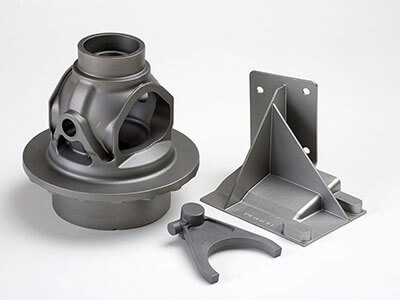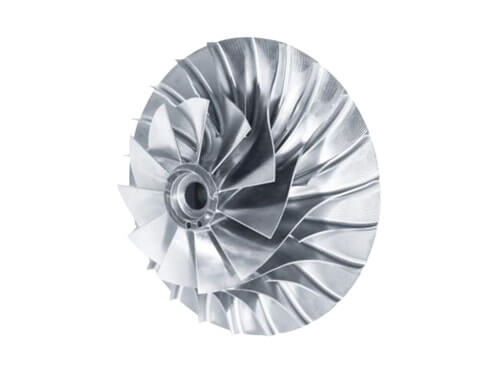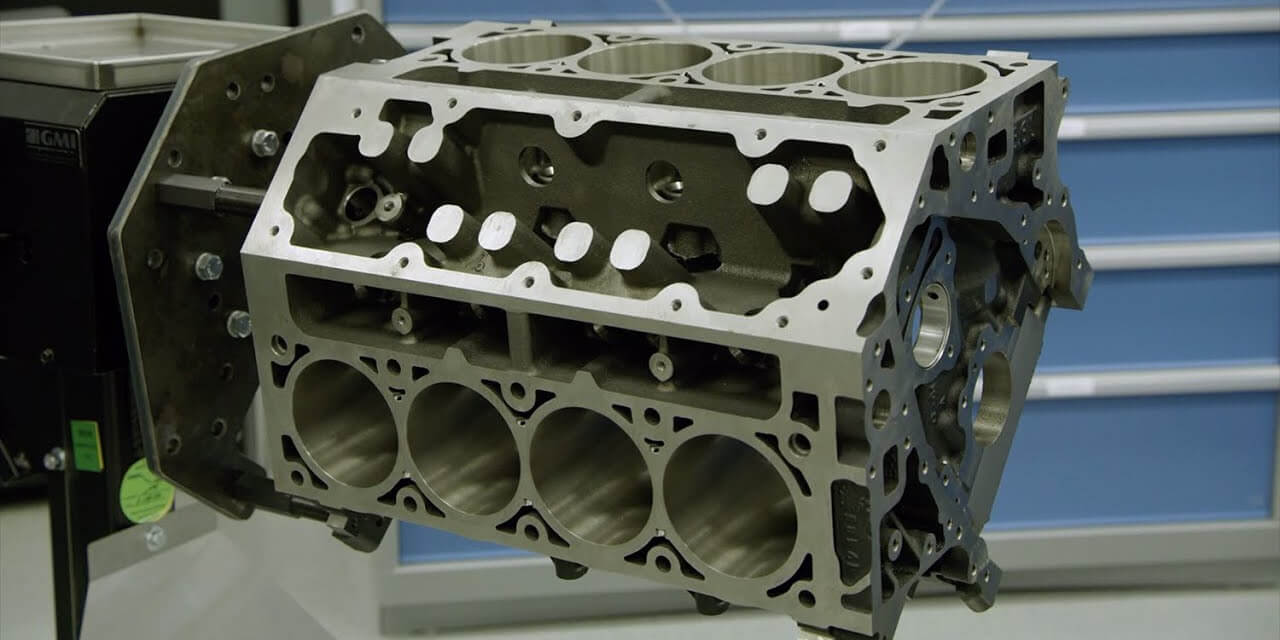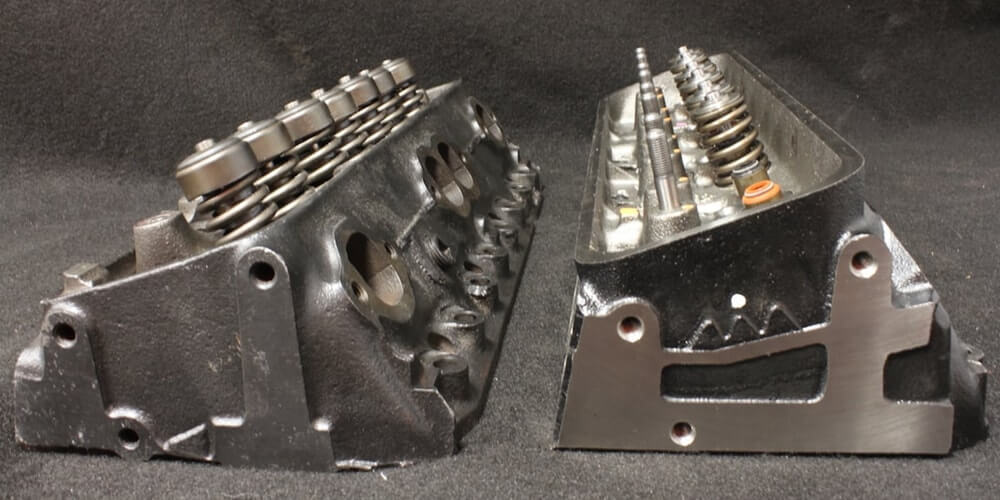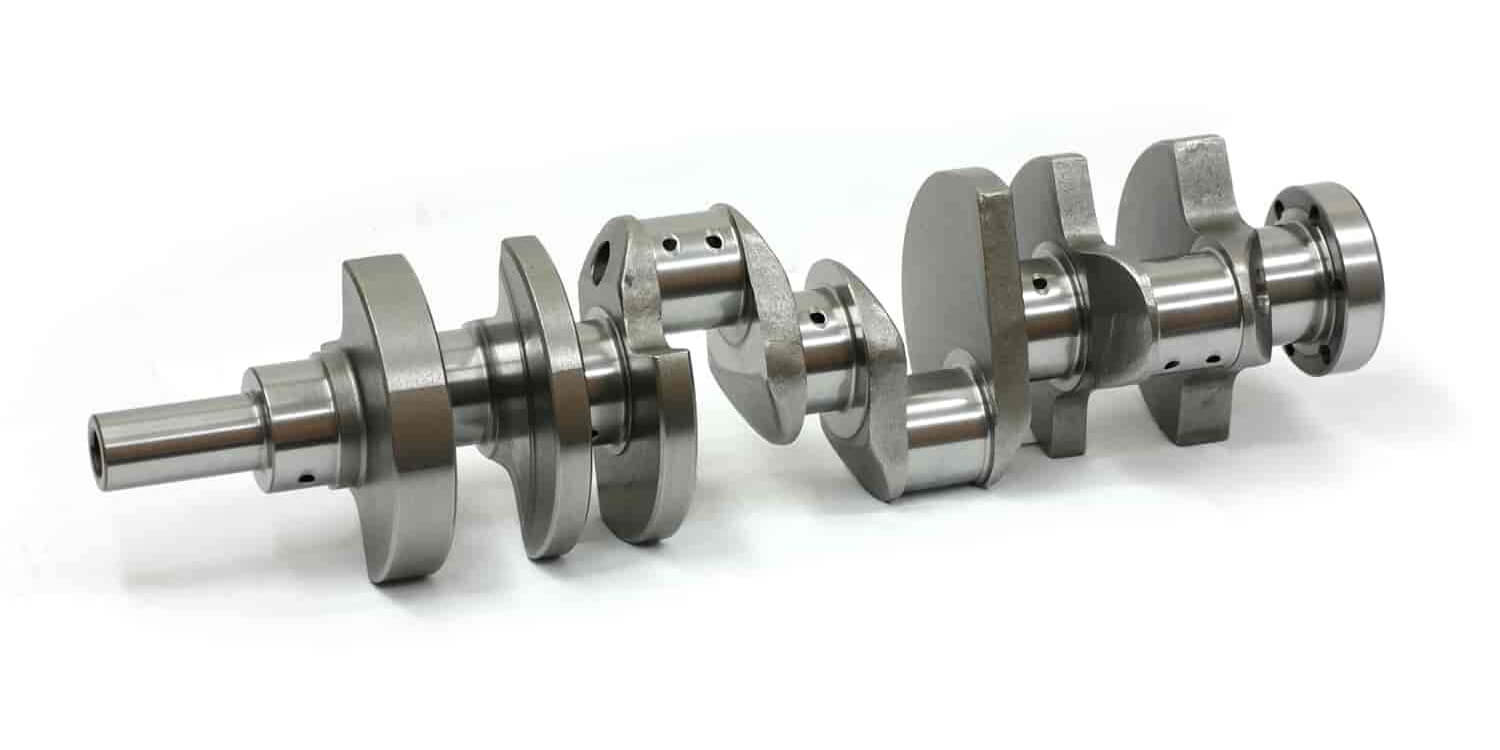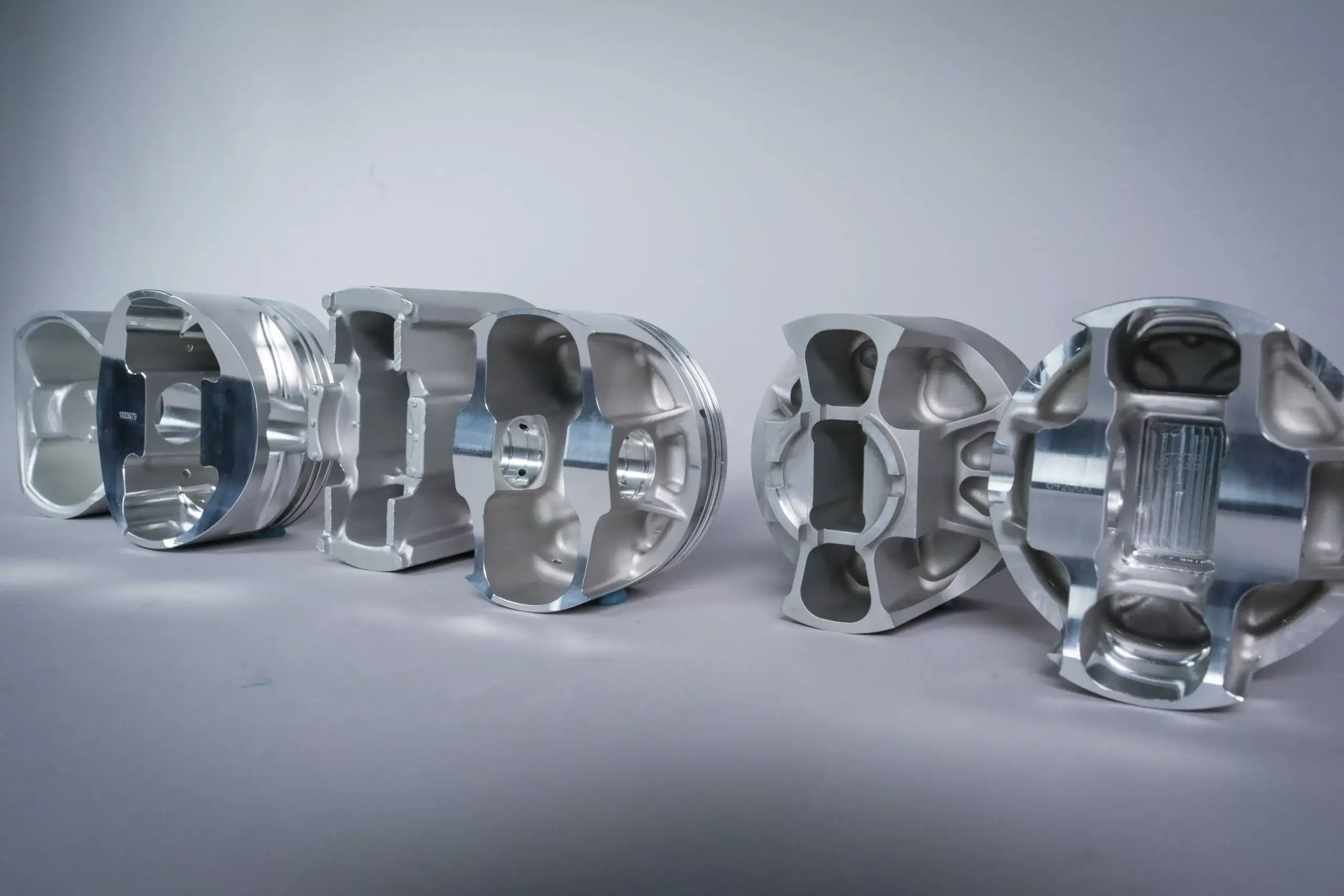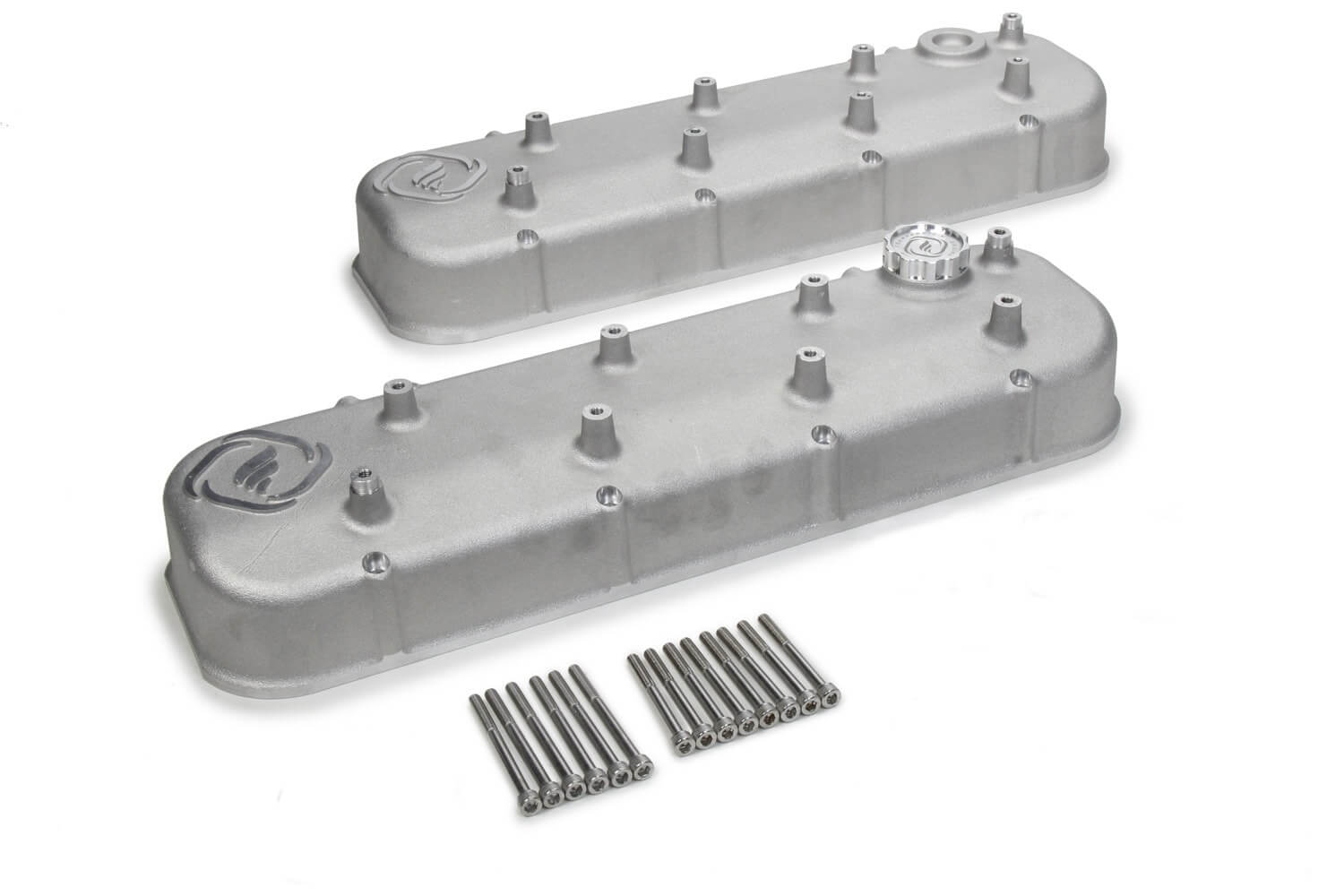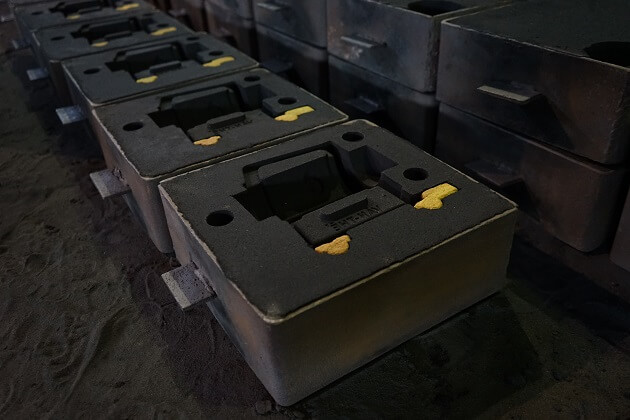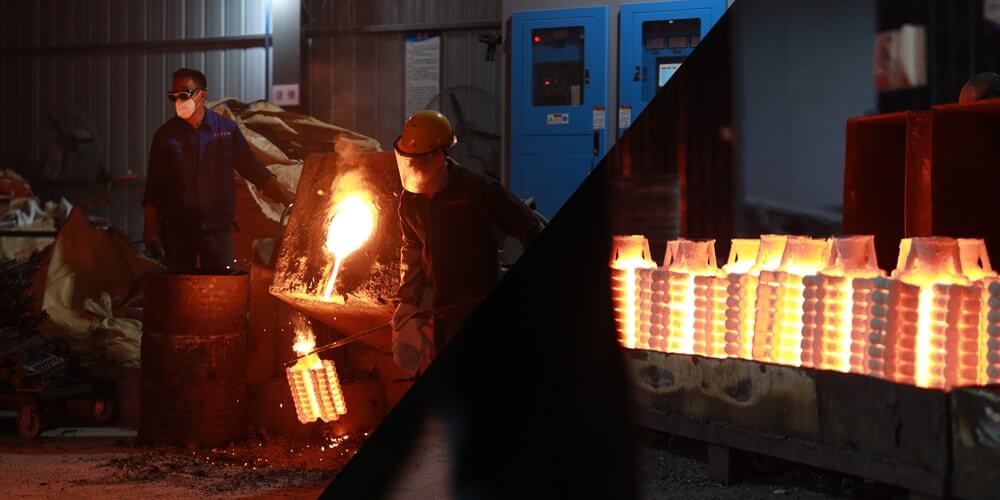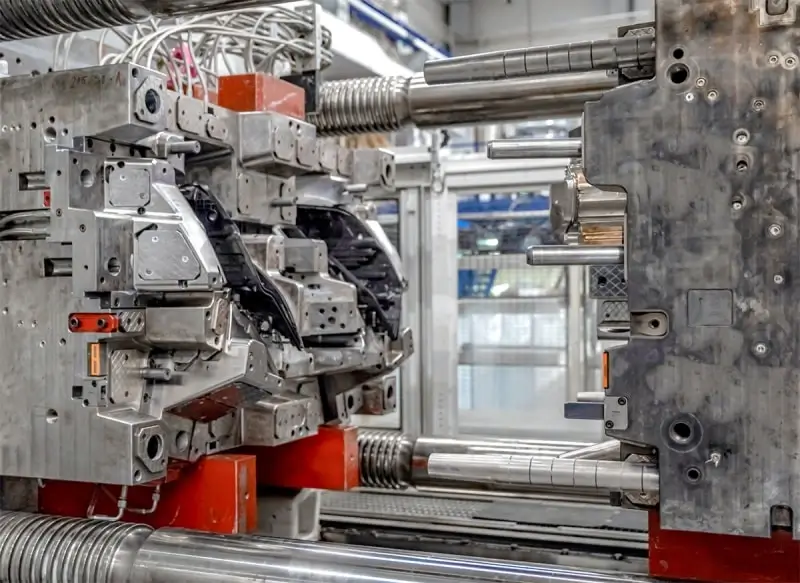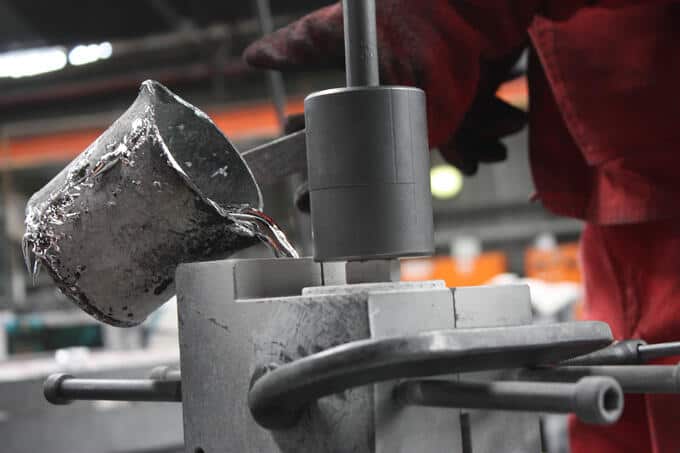When it comes to manufacturing engine parts, casting is one of the most popular methods available. Casting involves pouring molten metal into a mold to create the desired shape. There are several different casting methods available, each with its own unique advantages and disadvantages. In this article, we’ll take a closer look at the different casting methods used for engine parts, including sand casting, die casting, and investment casting. We’ll explore the benefits of each method, and provide some insight into which method might be best for your specific needs.
What Engine Parts Can Be Cast?
When it comes to engine parts, many components can be produced using casting methods. The casting process is particularly well-suited for creating complex shapes and intricate details, making it an ideal method for producing a variety of engine parts. Common engine parts that can be produced through casting include engine blocks, cylinder heads, transmission cases, intake and exhaust manifolds, and connecting rods. Each of these parts requires a specific casting method and material selection to meet the unique demands of the engine. In this section, we’ll explore each of these parts in more detail and discuss the most appropriate casting method and material for each. Whether you’re looking to upgrade your engine or are a manufacturer seeking the best casting method for your parts, understanding the possibilities and limitations of casting is key to creating successful engine components.
Engine Blocks
Engine blocks form the foundation of any engine, housing the cylinders, coolant passages, and other essential components. Both investment casting and sand casting can be employed to create engine blocks. Material choices include:
- Aluminum: Offers weight reduction and better heat dissipation.
- Cast iron: Known for its strength and durability.
Cylinder Heads
Cylinder heads, which enclose the combustion chambers and house the intake and exhaust valves, can also be produced using investment casting and sand casting. Material choices include:
- Aluminum: Lightweight and excellent thermal conductivity.
Crankshafts
Crankshafts convert linear motion from the pistons into rotational motion, driving the vehicle’s wheels. Sand casting is typically employed for producing crankshafts. Material choices include:
- Forged steel: The most common material for crankshafts.
- Cast iron: An alternative option.
Intake and Exhaust Manifolds
Intake and exhaust manifolds regulate the flow of air and fuel mixture into the engine and expel exhaust gases, respectively. Investment casting and sand casting are both suitable methods for producing these parts. Material choices include:
- Cast iron: Heat and corrosion-resistant.
- Stainless steel: Withstands high temperatures and resists corrosion.
- Aluminum alloys: Lightweight and heat-resistant.
Pistons
Pistons move within the cylinders, transferring the force generated by combustion to the crankshaft. Pistons can be produced using gravity die casting or pressure die casting. Material choices include:
- Aluminum: Lightweight and good heat conductivity.
Connecting Rods
Connecting rods link the pistons to the crankshaft, transferring the linear motion of the pistons into rotational motion. Sand casting can be used for production, but forging is more common due to the strength requirements. Material choices include:
- Forged steel: Preferred for its high strength and durability.
Valve Components
Valve components, such as valve bodies, valve guides, and valve seats, ensure proper airflow and fuel mixture in the engine. Investment casting is an ideal method for producing these intricate parts. Material choices include:
- Stainless steel: High strength and corrosion resistance.
- Titanium: Lightweight and corrosion-resistant.
- Aluminum alloys: Lightweight and corrosion-resistant.
Turbocharger Components
Turbochargers increase engine power and efficiency by forcing more air into the combustion chambers. Investment casting and precision casting are excellent methods for creating the intricate components found in turbochargers, such as turbine wheels and compressor wheels. Material choices include:
- Stainless steel: Heat resistance and durability.
- Nickel-based alloys: High-temperature stability and corrosion resistance.
- Titanium: Lightweight, heat-resistant, and durable.
Popular Casting Methods for Engine Parts
Several casting methods have gained popularity in the production of engine parts, thanks to their ability to meet the stringent requirements of the automotive industry. Here, we’ll explore some of the most popular casting techniques and their applications in engine part manufacturing.
Sand Casting
Sand casting is a versatile and cost-effective method that involves creating a mold from a mixture of sand, clay, and water. Molten metal is poured into the mold, and once it solidifies, the sand mold is broken away, revealing the finished part. Sand casting is widely used for producing large engine components like engine blocks, cylinder heads, and crankshafts.
Manufacturing Process:
- Pattern making: Create a pattern of the desired part in wood, metal, or plastic.
- Mold preparation: Pack a mixture of sand, clay, and water around the pattern in a two-part mold called cope (top) and drag (bottom).
- Pattern removal: Remove the pattern, leaving a cavity in the sand.
- Mold assembly: Assemble the two parts of the mold, placing the cope on top of the drag.
- Pouring: Pour molten metal into the cavity through a gating system.
- Cooling: Allow the metal to cool and solidify.
- Mold breaking and part removal: Break the sand mold away and clean the finished part.
Advantages:
- Suitable for large and complex parts
- Cost-effective for low to medium production volumes
- Wide range of compatible materials
Investment Casting
Investment casting, or lost-wax casting, is a process that involves creating a wax pattern of the desired part, coating it in a ceramic shell, and then melting the wax away, leaving a cavity that mirrors the original pattern. Molten metal is poured into the cavity, resulting in a highly detailed and accurate cast part. Investment casting is ideal for producing intricate engine components like valve components, turbocharger parts, and exhaust manifolds.
Manufacturing Process:
- Wax pattern production: Create a wax pattern of the desired part.
- Assembly: Assemble multiple wax patterns onto a wax sprue to form a tree.
- Shell building: Coat the wax tree in a ceramic slurry and let it dry.
- Shell reinforcement: Repeat the coating process multiple times to create a thick ceramic shell.
- Dewaxing: Heat the shell to harden it and melt away the wax, leaving a cavity.
- Pouring: Pour molten metal into the cavity.
- Cooling and solidification: Allow the metal to cool and solidify within the ceramic shell.
- Shell removal: Break away the ceramic shell to reveal the finished part.
- Cutting and finishing: Cut the parts from the sprue and finish them as needed.
Advantages:
- Highly precise and intricate parts
- Smooth surface finish
- Compatible with various metals, including aluminum, stainless steel, and titanium
Die Casting
Die casting is a high-pressure casting method that involves injecting molten metal into a steel mold or die. The metal solidifies rapidly, and the die is opened to release the finished part. Die casting is commonly used for producing smaller engine parts like pistons and connecting rod caps.
Manufacturing Process:
- Die preparation: Create a two-part steel mold or die with the desired part shape.
- Clamping: Close and securely clamp the two halves of the die.
- Injecting: Inject molten metal into the die under high pressure using a shot cylinder.
- Cooling: Allow the metal to cool and solidify within the die.
- Ejection: Open the die and eject the finished part using ejector pins.
- Trimming: Remove excess material and flash from the part.
Advantages:
- High production rates
- Excellent dimensional accuracy and surface finish
- Suitable for high-volume production
Gravity Die Casting
Gravity die casting, also known as permanent mold casting, is a process that involves pouring molten metal into a reusable metal mold under the influence of gravity. Once the metal solidifies, the mold is opened, and the part is removed. Gravity die casting is often used for producing pistons and other components that require a good surface finish and consistent dimensional accuracy.
Manufacturing Process:
- Die preparation: Create a reusable metal mold (usually steel or iron) with the desired part shape.
- Mold preheating: Preheat the mold to minimize thermal shock and improve metal flow.
- Pouring: Pour molten metal into the mold under the influence of gravity.
- Cooling: Allow the metal to cool and solidify within the mold.
- Mold opening: Open the mold and remove the finished part.
- Finishing: Trim any excess material and perform any necessary finishing operations.
Advantages:
- Good dimensional accuracy and surface finish
- Reusable molds reduce production costs
- Suitable for medium to high production volumes
Here’s a table that includes the casting methods and their suitable applications:
| Casting Method | Suitable Applications |
|---|---|
| Sand Casting | Engine blocks, cylinder heads, crankshafts |
| Investment Casting | Valve components, turbocharger parts, exhaust manifolds |
| Die Casting | Pistons, connecting rod caps, smaller engine components |
| Gravity Die Casting | Pistons, cylinder heads, components with good surface finish and consistent dimensional accuracy |
Conclusion
In conclusion, the automotive industry demands high-quality, durable, and reliable engine parts, and casting techniques such as sand casting, investment casting, and die casting are crucial in meeting these requirements. Each casting method offers unique advantages and is best suited for specific applications and materials, making them indispensable tools in engine part manufacturing.
At SIPX Casting, we specialize in investment casting, a versatile and precise method that allows us to produce intricate and complex engine components to the highest standards. Our expertise in materials, such as stainless steel, and titanium, ensure that the parts we produce are not only strong and durable but also lightweight and corrosion-resistant.
Choosing SIPX Casting for your engine part manufacturing means partnering with a company that has the experience, knowledge, and commitment to deliver outstanding results. With our investment casting services, you can trust that your engine components will be of the highest quality, meeting and exceeding the stringent demands of today’s automotive industry. Let us help you bring your engines to life with precision and reliability. Contact SIPX Casting today to learn more about our investment casting services and how we can help you achieve your goals.
